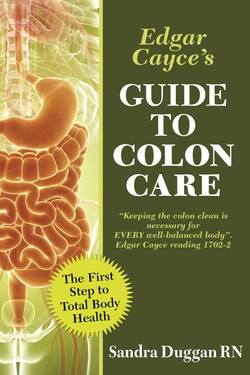Читать книгу Edgar Cayce's Guide to Colon Care - Sandra Duggan - Страница 14
На сайте Литреса книга снята с продажи.
Intestinal Bacteria
ОглавлениеThe colon contains 400-500 varieties of bacteria, fungi, yeast, and viruses. The normal balance should be about 80-85% “friendly” lactobacteria (L. acidophilus, L. bifidus, bulgaris, brevis, and saliveria) and 15-20% putrefactive bacteria (E. coli, B. welchii, and B. putreficus, for example), which emit toxins and gas. The friendly bacteria produce vitamins and digestive enzymes that help control the E. coli and keep it in balance. With the typical American diet and use of antibiotics—which kill the intestinal bacteria as well as the infection—the balance can be reversed to as much as 85% E. coli and only 15% lactobacteria!
Friendly bacteria thrive in such fermented foods as apple cider vinegar, miso (soybean paste), sour pickles, sauerkraut, kefir, sourdough products, and healthstore yogurt. (The yogurt available in health food stores is generally of a higher quality than that found in local grocery stores, and does not contain sugar.) If there is a problem with systemic yeast or Candida, care should be taken to avoid these foods until there is no longer an overgrowth of yeast. (See Chapter 12 for more information.)
Although acidophilus comes in a liquid or capsule form, the cheapest and most vital source is Rejuvelac. This fermented, whole grain product can be made at home using the freshest supply of whole wheat berries or millet. The wheat berries will last ten days, but the millet must be discarded and replaced every four days. The liquid Rejuvelac tastes sweet, like whey, and should not be used if it smells or tastes bad.
